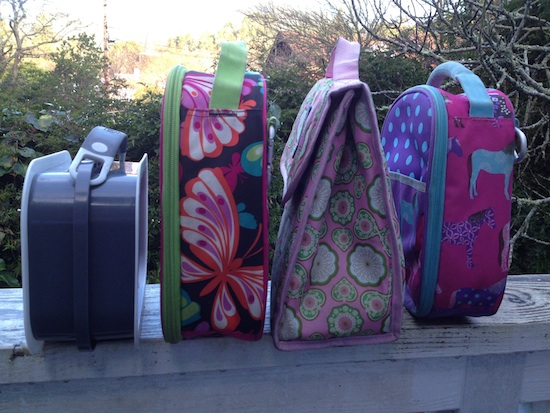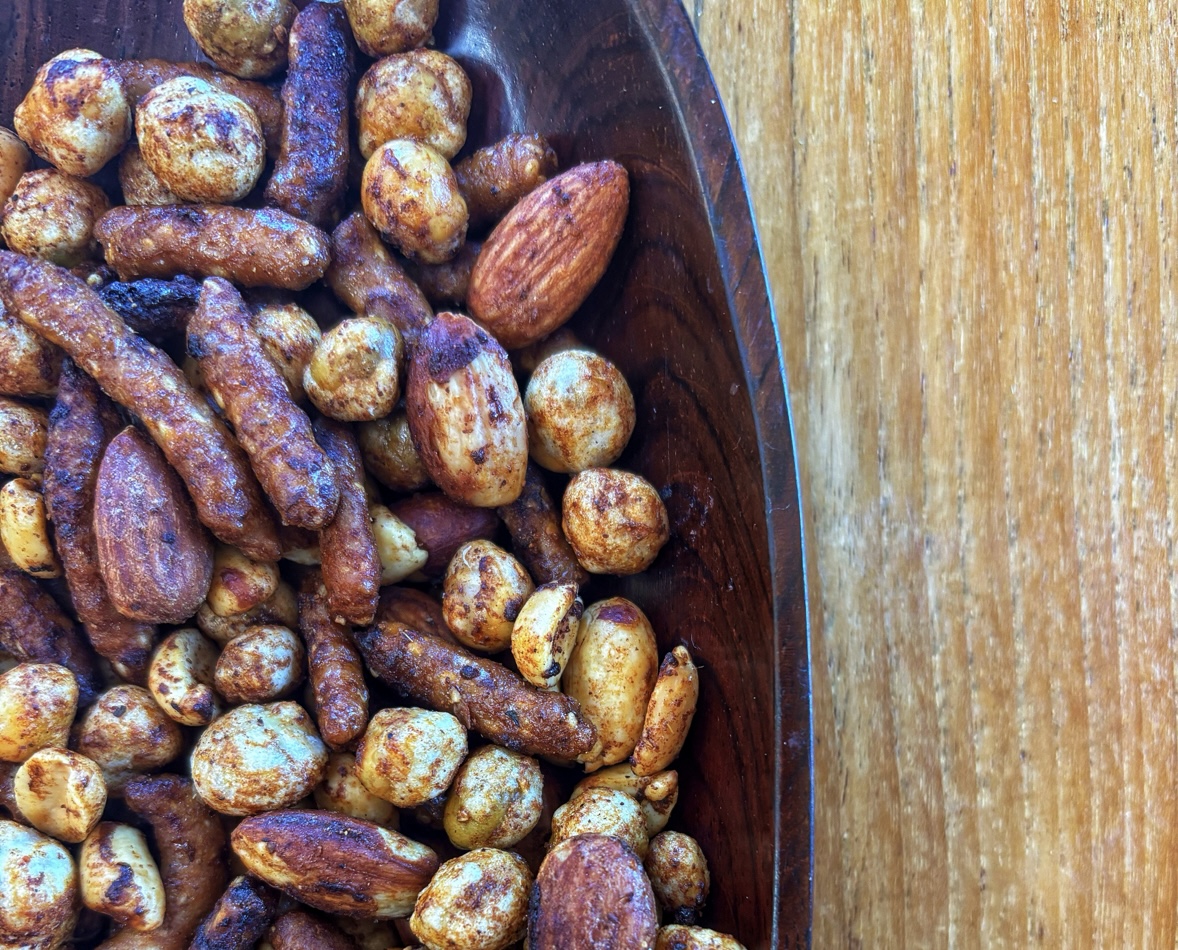It is that time of the year again, when many parents take a deep breath and dive head first into packing school lunches. While the majority of parents opt to purchase a lunch at school, a recent study published by the Journal of the Academy of Nutrition and Dietetics found that 41 percent of U.S. children bring their own lunch to school. What is interesting to note about this study is that most of those lunches brought from home were filled with not-so-healthy options. Salty snack foods and sugary desserts were predominant while fruits and diary were often nonexistent.
As a Thompson Reuters reports, “Most of the foods we saw were pre-packaged salty snack foods and sugary desserts – we saw much less fruits, vegetables and low-fat dairy,” lead author Kristie Hubbard told Reuters Health in an email. She is a researcher and registered dietician at the Friedman School of Nutrition Science and Policy at Tufts University in Boston.*
The Survey By the Numbers
- Food and beverage types most likely to be provided for lunch were sandwiches (59%), snack foods (42%), fruit (34%), desserts (28%), water (28%), and sugar-sweetened beverages (24%).
- Twenty-seven percent of lunches met at least three of five National School Lunch Program standards.
- At snack, snack foods (62%), desserts (35%), and sugar-sweetened beverages (35%) were more common than fruits (30%), dairy foods (10%), and vegetables (3%).
- Only 4% of snacks met two of four Child and Adult Care Food Program standards.
- The study team found that only 27 percent of the lunches met at least three of the five National School Lunch Program standards from the federal government, which include fruit, vegetables, grains, meat or another protein source and milk.
Packing a Punch
Face it, packing lunches for school is often an after-thought. Many parents opt for prepackaged convenience foods, filling lunch pails with single serve packages of chips, gummi treats, and cookies — with the only homemade item being a sandwich.
When it comes to making lunches for school, it is important that you offer well-balanced foods that are prime energy sources. According to the American Heart Association, a healthy school lunch limits fat to less than 30 percent and saturated fat to less than 10 percent of overall calories over the course of a week.
Healthy options, such as high-fiber foods, whole-grains, fruits, vegetables, legumes and low-fat dairy products, will fill up your child and keep him full longer.
If you need a bit more incentive to pack a healthy lunch consider this: A study published in 2008 in the Journal of School Health examined the eating habits of nearly 5,000 school children. Children who ate more fruits, vegetables and protein and fewer calories from fat, performed better on literacy tests compared to children with a high-fat, high-salt diet.
Set yourself up for success, and incorporate the Family Eats Four Pillars into your lunch planning.
Planning
Gather recipes that will add a bit of excitement to lunchtime. There is no need for anything fancy. Although I find them appealing, I’m not a fan of painstakingly creating bento box creations. I need fast and easy preparation of lunches.
A great way to begin your planning is to gather a collection of recipes from which to pull. This will help with your planning of lunches each week, and allow you to add variety from day to day. By planning lunches for the week, you can add ingredients you’ll need to your shopping list to ensure you won’t be scrambling for something when it comes time to pack the lunch.
Purchasing
Have a list ready when heading to the grocery store. Shop for the weekly lunch menu in mind, and don’t be tempted to grab the quick packaged gummi bears or chips . . . remember, you have already planned your lunches for the week.
In addition to shopping for food, ensure that you have purchased an easy to transport lunch box system. Something with spaces for cut fruit, slads, or dressings and dips, along with room for a healthy mid-day snack.
Preparing
Most importantly, if you are packing lunches for kids, get them involved. Have them choose their menu – then, if possible, have them help you prepare the lunches the night before.This can be done after dinnertime, when the kitchen is already messy.
It is also helpful to take a look ahead at the week’s planned lunches. If you have planed a grain salad for the week and can make it ahead of time (perhaps on the weekend), go ahead and do so when you have a bit of extra time.
Partaking
You never know what’s going to go on in school. Will they trade food, throw most of it away, or bring it back home in their lunch pail. Best thing to do is to ask your children. Let them know it’s OK to be honest – “Mom, stop packing me the goose liver sandwiches. I need some more variety.” What you might also find is that some foods may not travel well, and by the time the kids are ready for lunch, they may no longer be appealing. One of my girls likes egg salad sandwiches, but by the time she opens it up the lunch pail, the smell of contained egg salad is unappealing to her.
Here are several suggestions for filling lunch pails with easy, delicious and healthy choices:
Wrap/Sandwiches
Pita Sandwich stuffed with Chopped Salad and Cheese
Tortilla Wraps with Cabbage and Asian Dressing
Salads
Cannellini and Green Bean Salad
Bulgur Salad with Feta and Pine Nuts
Snacks
Oatmeal Coconut Raspberry Bars
Dips
Spinach and Kale Greek Yogurt Dip
Muffins/Bread
Basic Muffins with milk or cream
My next adventure . . . . figuring out after school snacks.
Stay tuned!
* ©Thompson Reuters 2014



